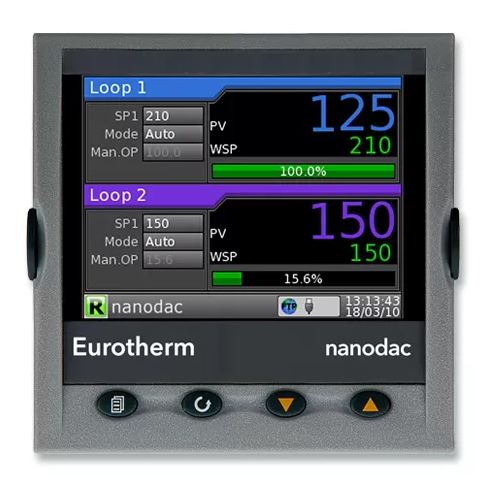According to one recent study, the average cost of a downtime incident in the manufacturing world comes in at about $17,000. This figure includes not only the cost to repair the equipment itself, but other important factors like lost productivity and more. Of course, there are certain industries where that number is considerably higher – in the automotive sector, for example, that number can climb to an enormous $50,000 per minute in certain conditions.
All told, manufacturers across the board experience an average of about 800 downtime hours every single year according to one estimate. But the critical thing to understand is that it certainly doesn’t have to be this way – and all of this is exactly what downtime tracking software is designed to prevent.
At their core, downtime tracking solutions like Thrive allow you to instantly begin tracking these events from any machine on a factory floor. More than that, they allow you to define a reason for such events via a cloud-based, automated system that can be accessed anywhere, at any time, and on any device.
Indeed, this real-time stream of data brings with it more than just a bird’s eye view of your operations. It empowers your ability to make better and more informed decisions when it comes to the types of problems you’re commonly facing.
The Power of Real-Time Data
Never forget that the absolute best time to collect information is when a downtime event is actually happening. The more time that is allowed to pass, the higher the probability that something might go wrong.
Operators who are forced to manually enter information will almost always do so well after the fact – this makes sense, given that their top priority will always be getting a particular machine back online. Likewise, certain types of events can be missed entirely – especially if they’re deemed “too small” to be noteworthy, to begin with.
Of course, all downtime events are noteworthy – regardless of how long they take to resolve. You still need to know what types of common issues that you’re dealing with so that you can put together a preventative maintenance plan to stop them from happening again in the future.
The beauty of downtime tracking is that all relevant information is collected instantly in a way that can not only be analyzed but also reported on, giving you insight into certain trends and patterns that likely would have otherwise gone undiscovered. With the right solution, all of this information can also be presented in a visual way by way of a manufacturing KPI dashboard – making it easy for anyone to understand what is truly going on and even easier to act on in terms of problem-solving.
Taking Advantage of the Digital Era
But even going beyond the real-time nature of this data collection, downtime tracking is valuable because of the sheer variety of information you’re collecting. Not only can you instantly see things like the process area or even the entire production line that was impacted, but you can also see specific machine names and error codes. You can see the precise duration of the downtime event down to the minute. You can see the production date and time. Operators are free to leave comments – including the steps they took to fix the issue – to provide a much-needed context for the whole thing.
What you’re left with is a perfect storm in the best possible way. You know exactly what type of situation you’re dealing with at any given time, all so that you can take meaningful steps to improve the productivity of your operations as much as possible.


